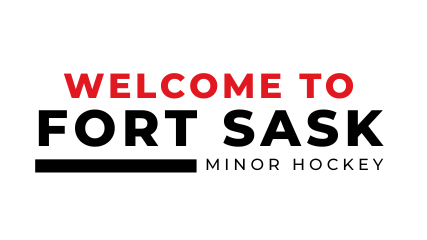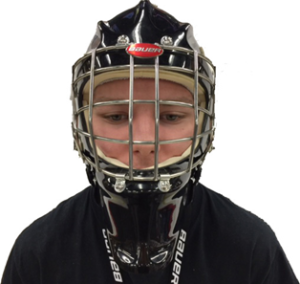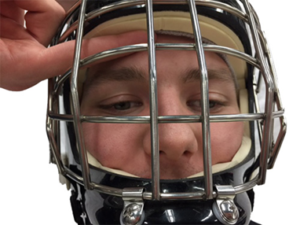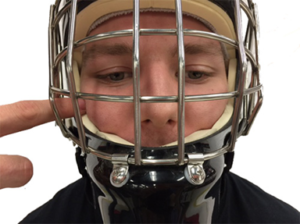Goal Masks
The goal mask is arguably the most important piece of equipment a goaltender wears. Therefore, ensuring a proper mask fit is vital to protection from injuries and concussions. A correctly fit mask will fit snug, not tight, around all aspects of the goaltender’s head, while allowing little-to-no wiggle room when the goaltender shakes their head.
There are 3 important keys to look for when fitting a goal mask:
1. The mask is flush with the forehead and does not leave any gap. This ensures that the crown of the head is secure and the mask offers no movement forward or backwards across the head. To test this, simply insert a finger through the cage and gently run it across the goaltender’s head where the opening of the mask sits above the eyebrow. If a finger can be inserted between the mask and the forehead, this indicates the mask may be too small, and a larger mask will offer a wider crown, allowing the goaltender’s head to sit deeper in the mask.
2. The mask is snug against the cheeks, again, not leaving any gap. If the mask is too wide in the cheeks, the mask will move when the goaltender shakes their head side-to-side, and this movement could mean risk against injuries or concussions. A mask that is too tight against the cheeks will cause a “chipmunk” appearance, and will be extremely uncomfortable for the goaltender. Further, this can limit breathing and communication, so ensure the cheeks are snug. To test, grab the mask by the chin and ask the goaltender to move their head side-to-side. Your hand should not move while this occurs. If the goaltender’s head moves substantially in the mask, the mask is too big and therefore does not offer proper protection.
3.The backplate of the mask should sit inside the shell, not exposing any of the back of the head. If the head is exposed, this offers open skin to be cut by a stick or skate. If the back of the head is exposed, the mask is too small. To fit properly, tighten the straps incrementally in order to see if the backplate can be brought inside the mask while not being too tight for the goaltender’s head. A common error that can cause an open backplate is having the chin cup too tight. Loosen the chin cup and this will allow the goaltender’s head to sit deeper in the mask.
All goal masks at the minor hockey level require CSA certification, as indicated by the sticker on the backplate. All masks should be worn at home for a period before being used on-ice, because CSA certification is only valid for the original goaltender, and if a mask has been used on-ice, the mask cannot be returned or resold. All private sales of goal masks void CSA certification.




